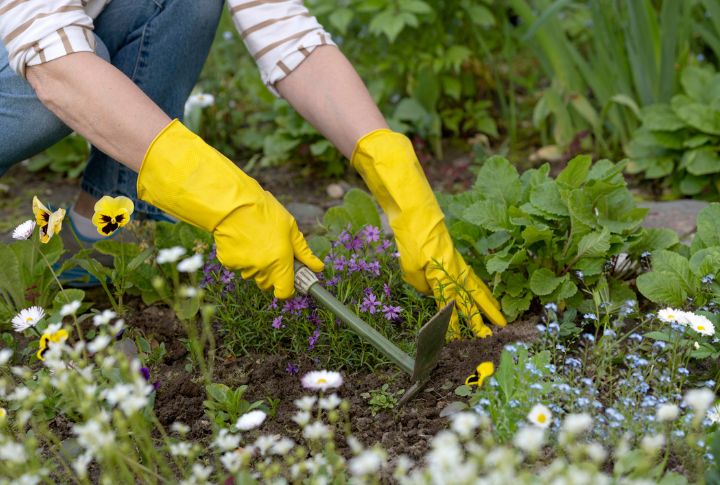
Weeds are often viewed as unwelcome intruders threatening to overtake our carefully cultivated landscapes. Some weeds have beneficial properties for plants and the environment. We can develop a more congruous relationship with nature by recognizing its ecological importance. Here are 15 weeds to keep in your garden.
Dandelion (Taraxacum officinale)

Despite its reputation as a nuisance in lawns, dandelions are valuable plants with numerous advantages. Their deep taproots break up compacted soil, while their flowers provide an early source of nectar for pollinators like bees and butterflies. Dandelion leaves are also edible and rich in vitamins, adding to the nutritional value of salads and teas.
Clover (Trifolium spp.)

As a nitrogen-fixing plant, it increases the fertility of soils by converting atmospheric nitrogen into forms that plants can use. Besides attracting bees, it also suppresses weed growth and conserves moisture.
Chickweed (Stellaria media)

Chickweed is a fast-growing annual weed with edible leaves high in vitamins and minerals. It is also a nutritious forage plant for livestock. Its shallow roots prevent soil erosion, while its dense growth suppresses weeds and provides habitat for beneficial insects.
Purslane (Portulaca oleracea)
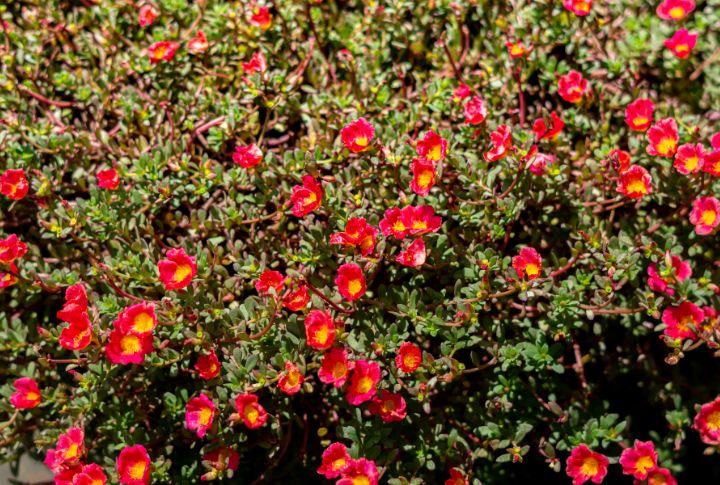
Although purslane is considered a weed, it is cultivated as a culinary herb in many cultures for its nutritional value and mild, tangy flavor. Its thick, fleshy leaves are rich in omega-3 fatty acids and antioxidants. Moreover, it thrives in poor, compacted soils, making it a valuable pioneer plant for soil remediation.
Lamb’s Quarters (Chenopodium album)

Also known as wild spinach, this is a common weed with nutritious edible leaves that resemble spinach. Additionally, it is packed with vitamins A and C, iron, and calcium, making it an incredible food source for humans and wildlife. Its deep taproot helps break up compacted soil and draw nutrients from deeper layers.
Plantain (Plantago spp.)
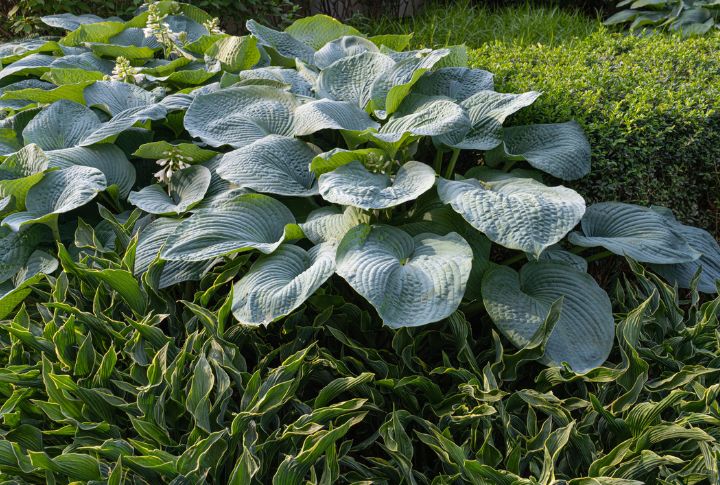
Plantain leaves contain anti-inflammatory and antimicrobial properties, making them useful for soothing insect bites, minor wounds, and skin irritations. Plantain also acts as a dynamic accumulator, drawing up nutrients from the earth and making them available to other plants.
Nettle (Urtica spp.)
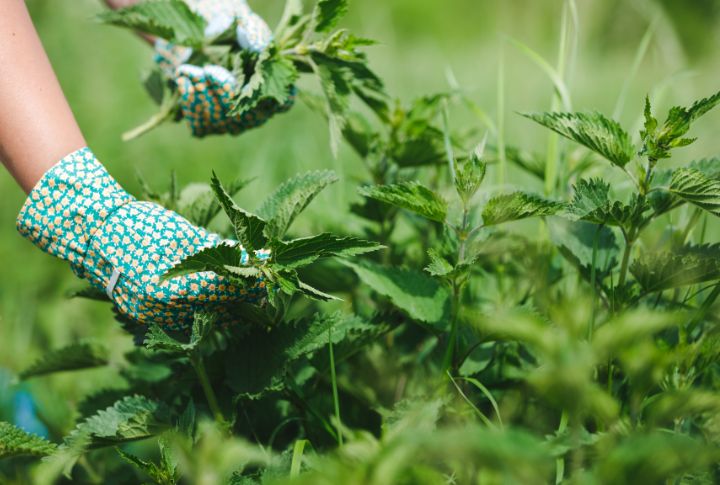
This stinging hair weed is a valuable plant with numerous culinary and medicinal uses. Its young shoots are rich in vitamins, minerals, and protein, making them a nutritious addition to soups, teas, and stir-fries. Nettle also attracts beneficial insects and improves soil fertility as a nutrient-rich mulch or compost ingredient.
Mullein (Verbascum thapsus)
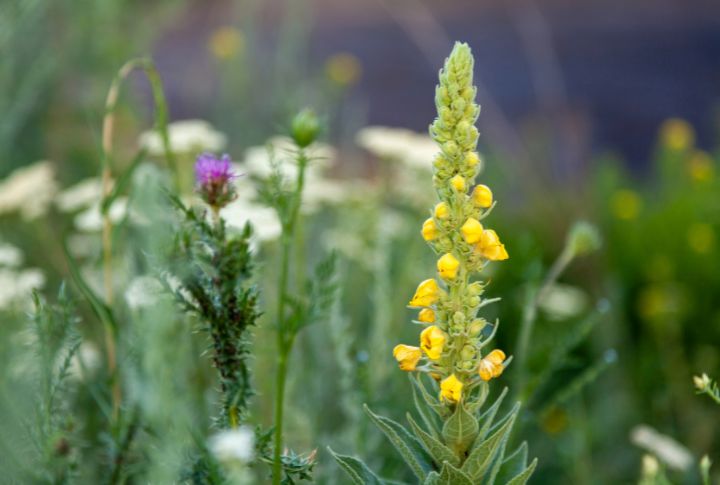
Mullein is a biennial weed with tall, spikelike stems and fuzzy leaves used for centuries in herbal medicine. Its leaves are rich in mucilage, making them soothing and expectorant when brewed into a tea. It also attracts insects such as bees and provides a habitat for small animals.
Queen Anne’s Lace (Daucus carota)

Also known as wild carrot, this weed adds beauty with its delicate white flowers that resemble lace. While it can be invasive in some areas, it is also a valuable nectar source for pollinators.
Milkweed (Asclepias spp.)
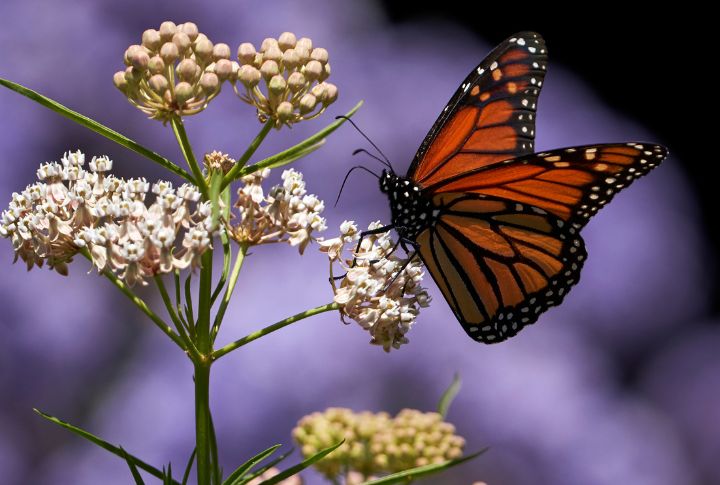
Milkweed is a vital plant for monarch butterflies, whose caterpillars feed exclusively on its leaves. Milkweed is vital in supporting monarch populations by providing nectar for adult butterflies and a host plant for their larvae. Additionally, milkweed’s deep tap roots help prevent erosion.
Goldenrod (Solidago spp.)
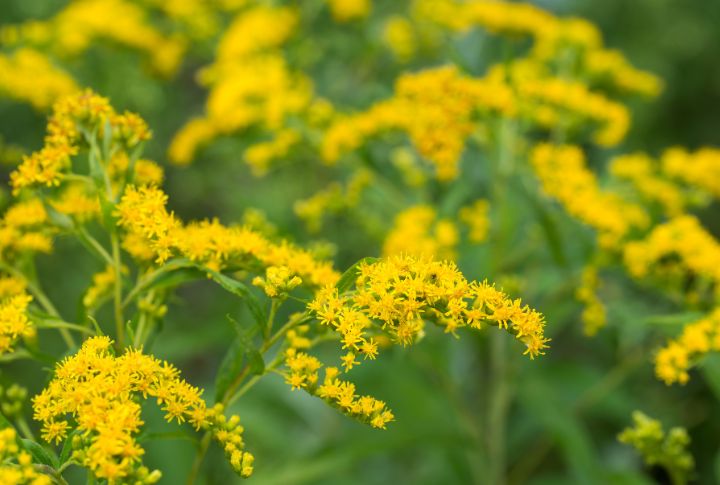
Goldenrod is wrongly blamed for causing hay fever (which is actually caused by ragweed). Instead, it is a valuable source of nectar for late-season pollinators and provides color and beauty to naturalized landscapes.
Burdock (Arctium spp.)
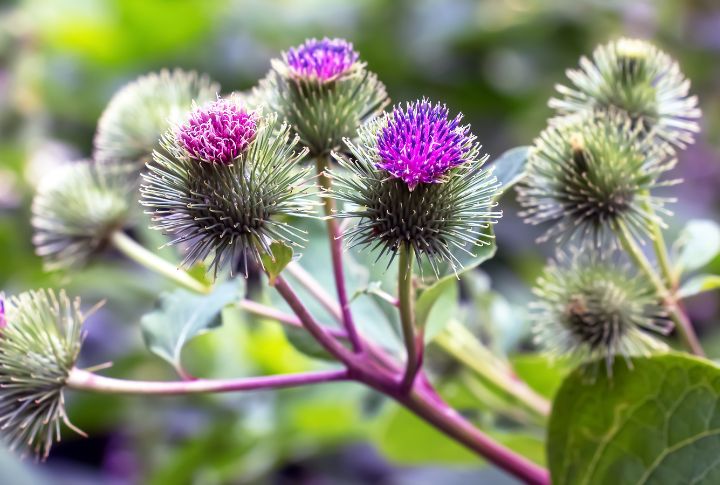
It has heart-shaped leaves and prickly burrs that cling to clothing and animal fur. It has medicinal properties and is used in herbal medicines to purify the blood, promote digestion, and support skin health.
Horsetail (Equisetum spp.)
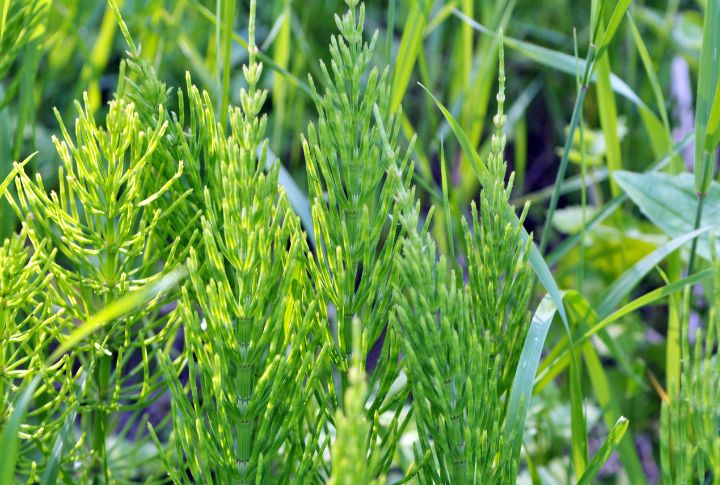
Horsetail is an ancient plant with high silica content that has been used for centuries as a natural remedy for various ailments. Despite its aggressive spreading habit, horsetail is valuable for accumulating minerals and improving soil structure.
Smartweed (Polygonum spp.)
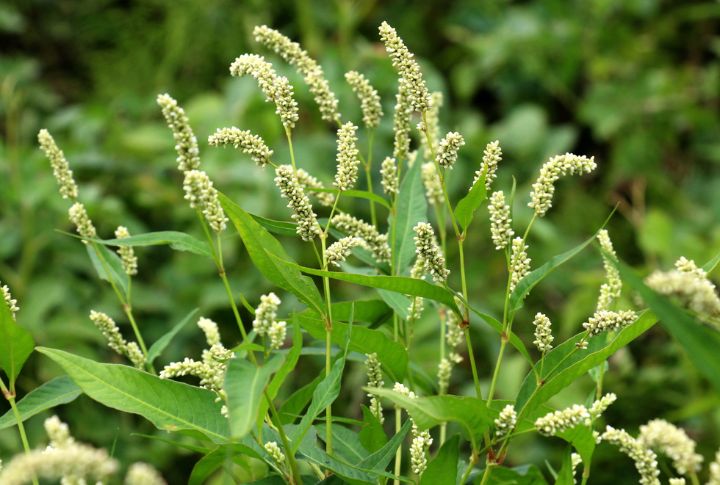
With its slender stems and clusters of pink or white flowers, smartweed attracts pollinators such as bees and butterflies, creating biodiversity in the garden. It usually spreads aggressively in moist environments, but its ecological contributions make it worthy of appreciation and preservation in the landscape.
Borage (Borago officinalis)
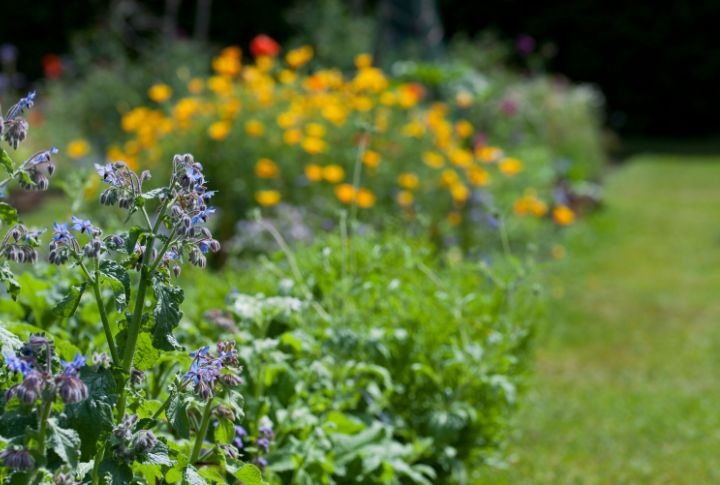
The flowers of borage are edible and have a mild cucumber flavor, making them a refreshing addition to salads, drinks, and desserts. Borage also accumulates nutrients underground and attracts bees and predatory insects.
